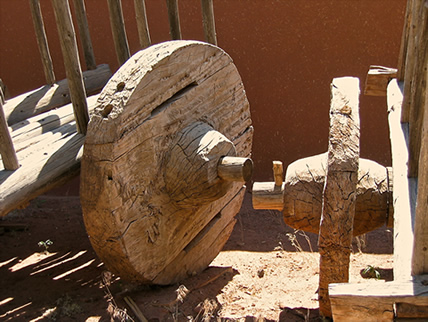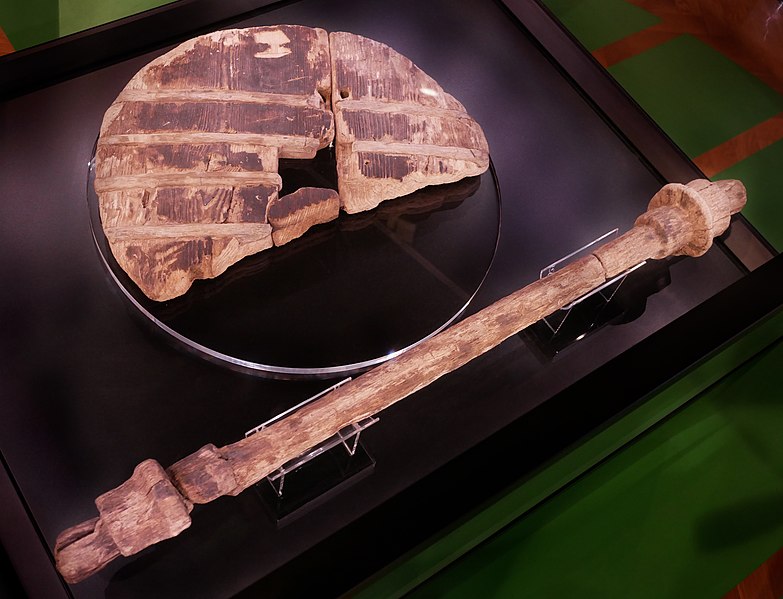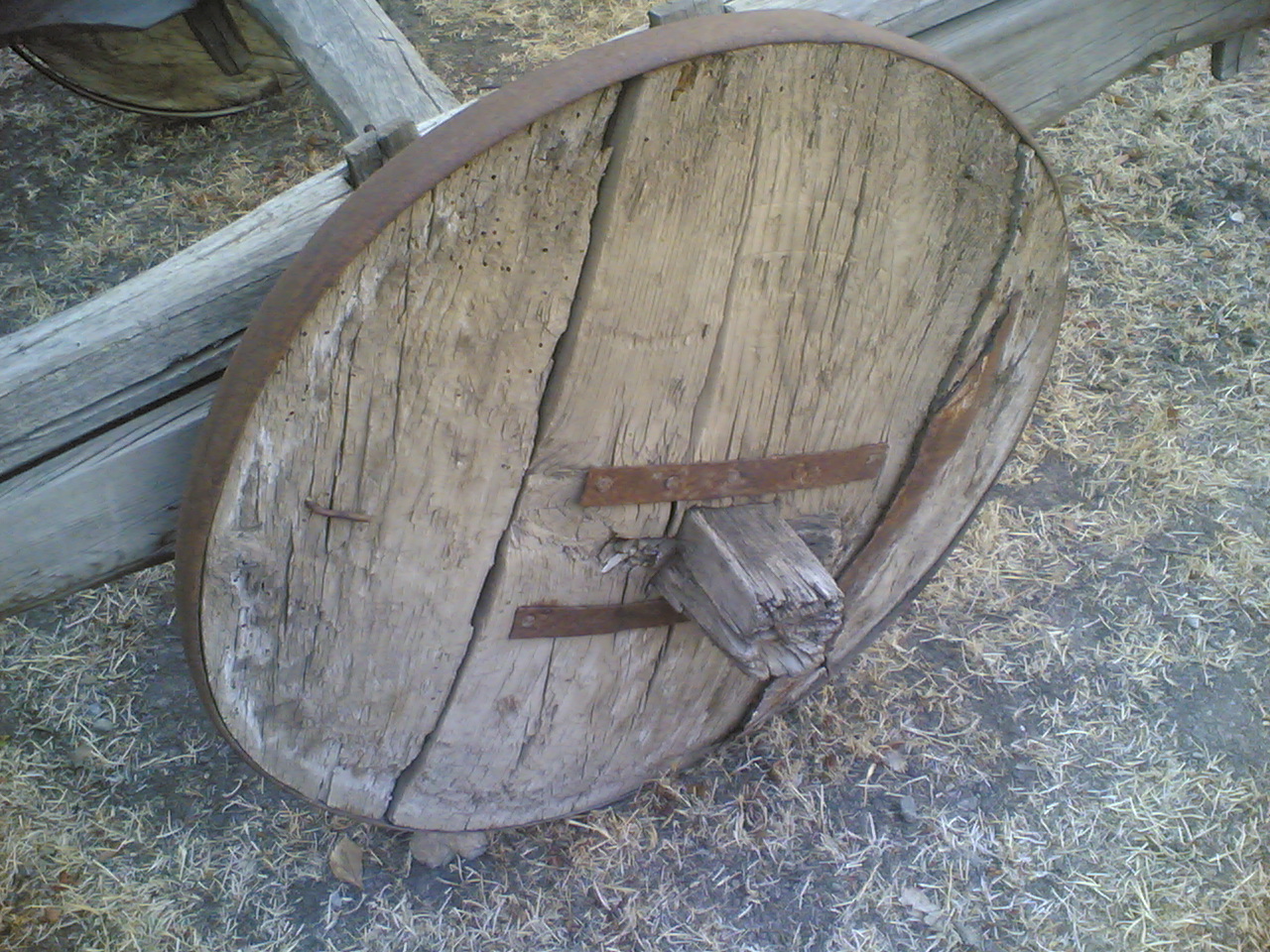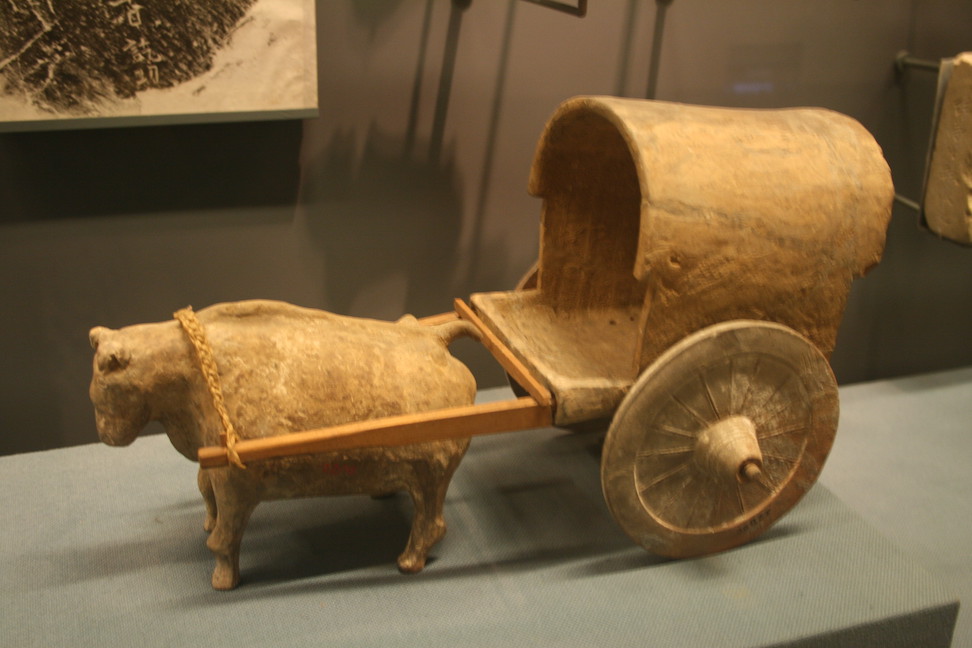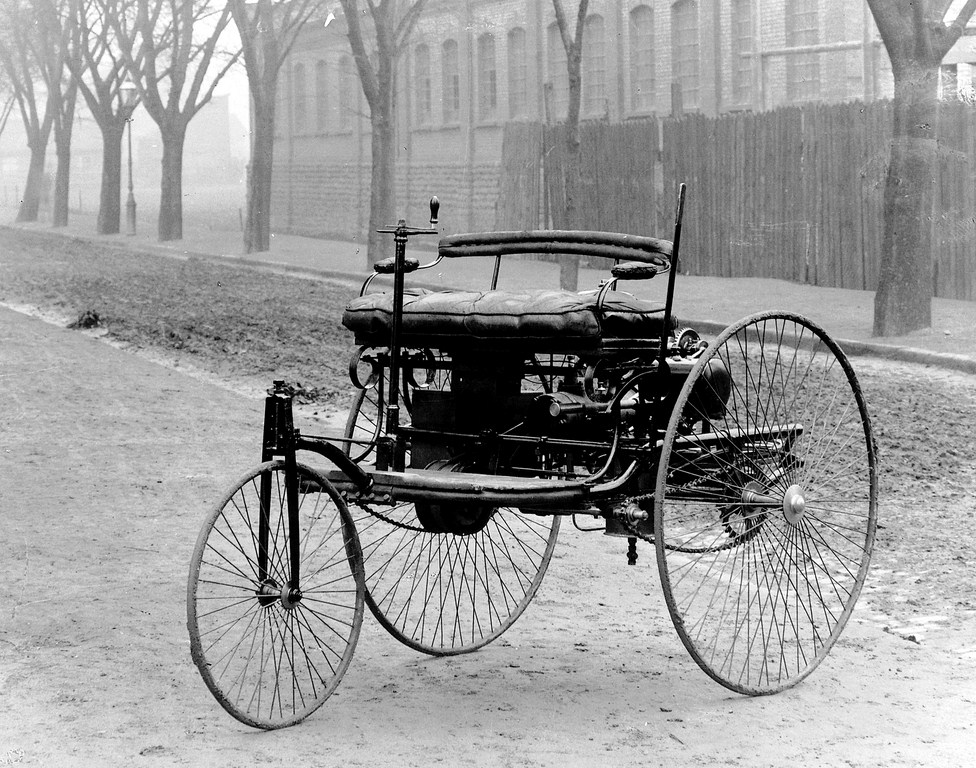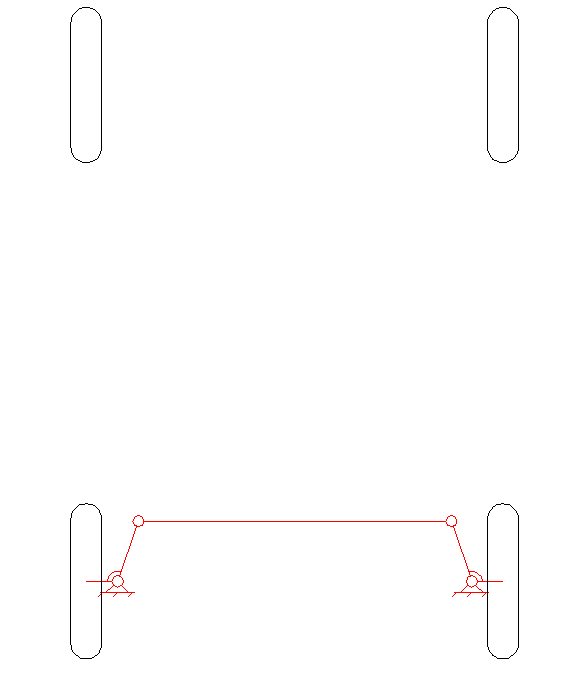Wheel reinvention is a very serious matter, which is why I want to make sure the people seeing this post get the best possible experience. Did anyone else see the images not load?
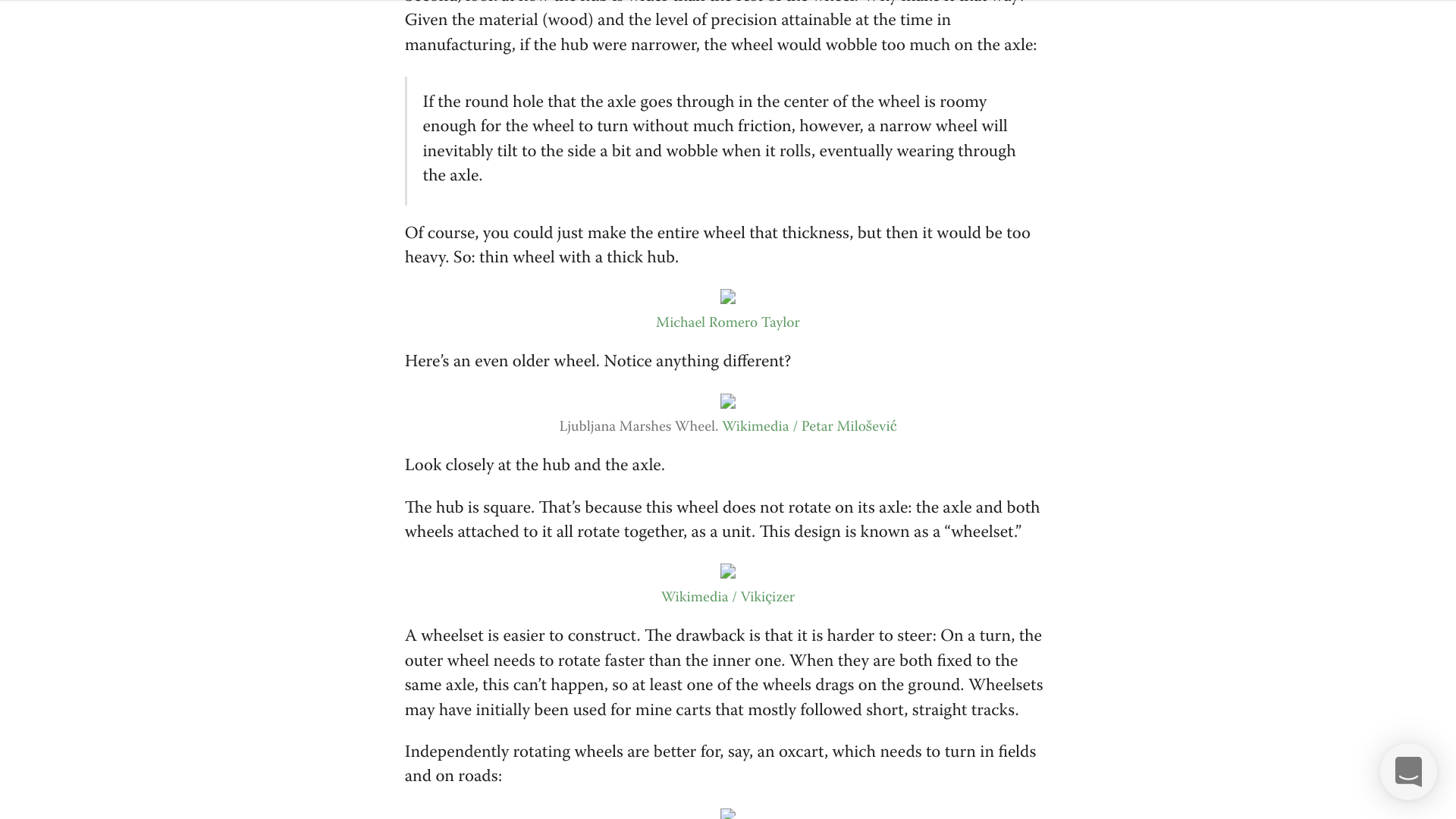
Fascinating stuff, as always, Jason.
Have you seen Ted Cloak's PDF about the cultural evolution of wheels? It's a fascinating document. Before there was Dawkins, there was Cloak. His 1968 study (PDF) of the cultural evolution of the spoked wooden wheel and documentation of the manufacture of same (with photos) is a classic document, one not widely enough known. Here's a website he's put up setting out his ideas. Pay particular attention to his use of the work of William Powers (includes a number of useful videos of Power's Model, perceptual control theory).
And then there's this Note the following passage from David G. Hays, The Evolution of Technology, Chapter 5, “Politics, Cognition, and Personality”: "In reading to prepare to write this book, I have learned that the wheel was used for ritual over many years before it was put to use in war and, still later, work."
Thanks for the post and I think it's probably a great example of very general processes/dynamics. While not something I could write I think it would be fascinating if someone were to identify X number of devices/concepts and then trace that history from first known instance to current. Or maybe even some initial innovation/invention/discover and how that evolved into a number of paths.
The wheel might be a good example of that wheel -> gears, wheel's reduction in friction to any number of easier moving parts or other movement/motion such a very low friction roller tables/ways in factories, slides on drawers....
Just the other day one of the people in the group I was hanging out with over the weekend (bunch of racers at the track) made a comment about how the old "if it's not broke, don't fix it" can be very problematic. I think that applies to pretty much all things and most ideas/knowledge. We need to always go back and reevaluate current state in the now newer context of what is known -- we may well find it's time to reinvent what seems to be working just fine. I suspect that is something that gets forced on us when some type of "disruption" event occurs that is either finding itself limited by current structures or the current X about to be case aside as the path forward takes a more radical turn but sufficient interests want to keep X relevant for as much longer as they can.
Side question -- did any of the sources you looked at mention if different wood was used for making the wheel-hub (looks like that is one piece but maybe not -- if not any differences there) and the axle the wheel was rotating on? Or even anything about lubrication attempts?
My main source for this is the one book by Bulliet, and he did not cover those topics that I recall.
But yes, friction is a major issue, and a significant part of the story is the history of bearings, including roller bearings and ball bearings.
Talking about re-inventing stuff, why did the people have to re-invent the concepts of factory lines and replaceable parts when the Venetian Arsenal had implemented these practices in the 1600s? Why'd we ever stop, given the sheer productivity of the place?
Sorry for going off topic.
So, the wheel has been reinvented multiple times
This would depend on someone’s definition of ‘wheel’.
If it refers to literally just the round object then it would seem to be no.
If it refers to the entire mechanical system, then yes, innumerably.

